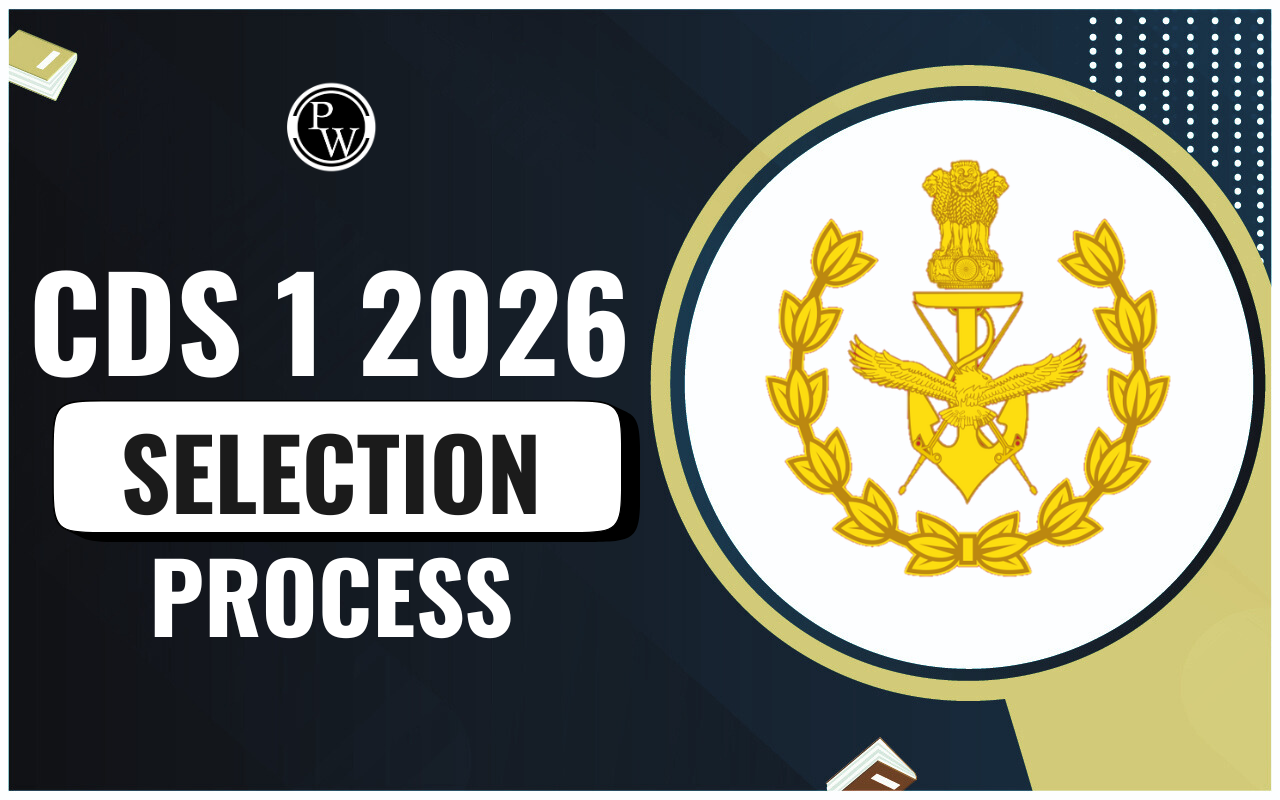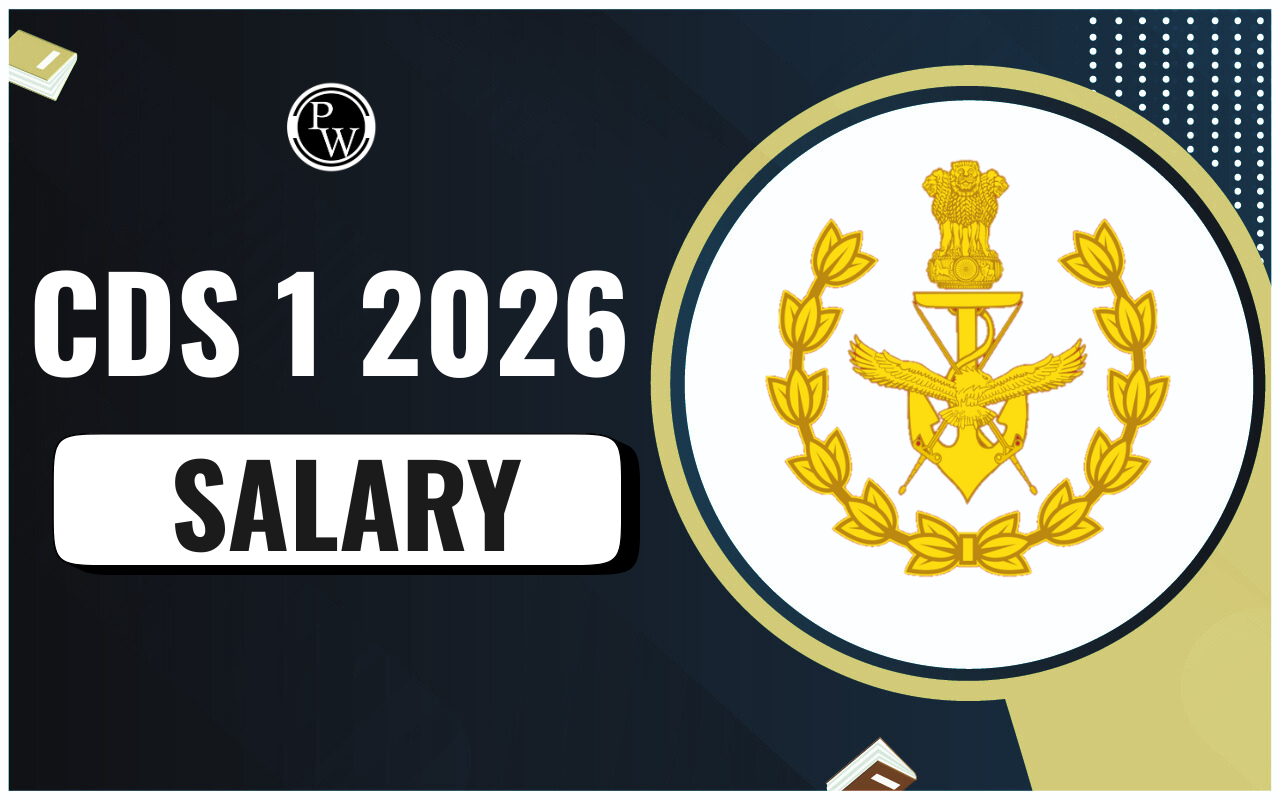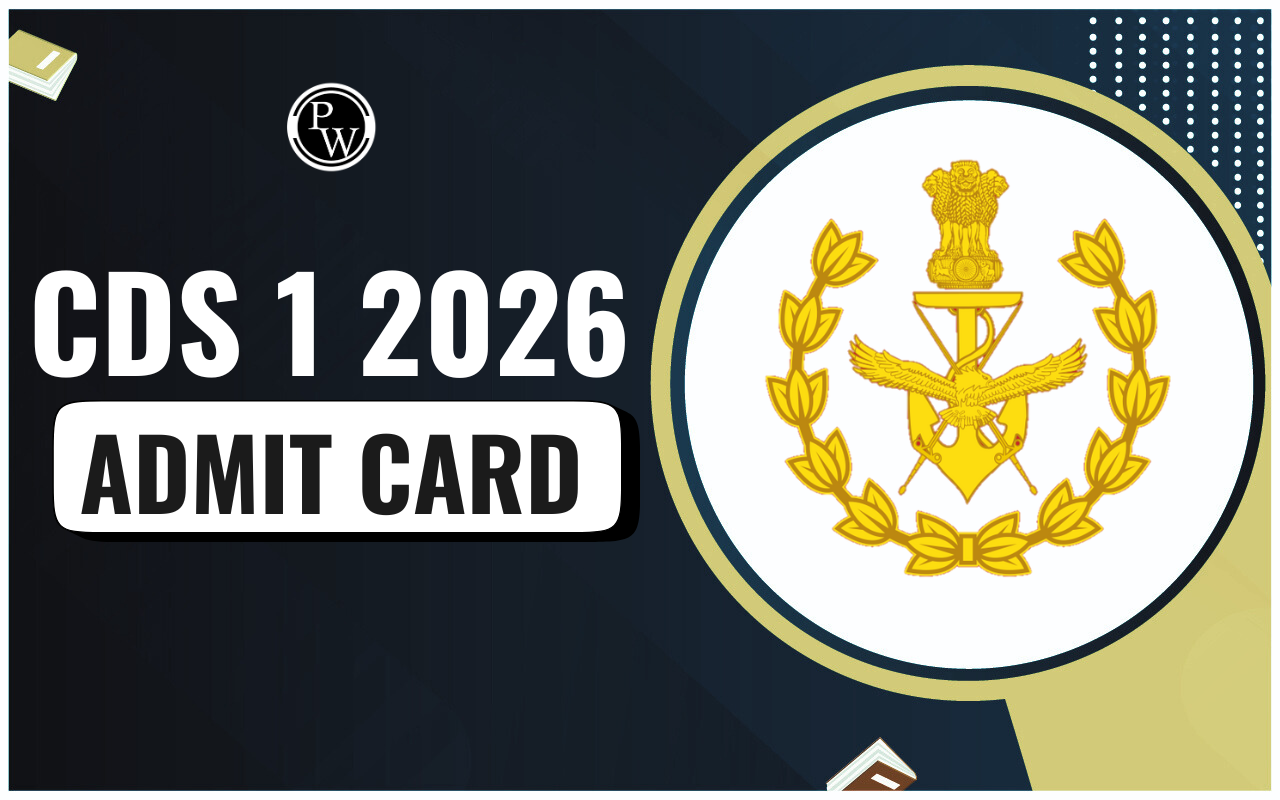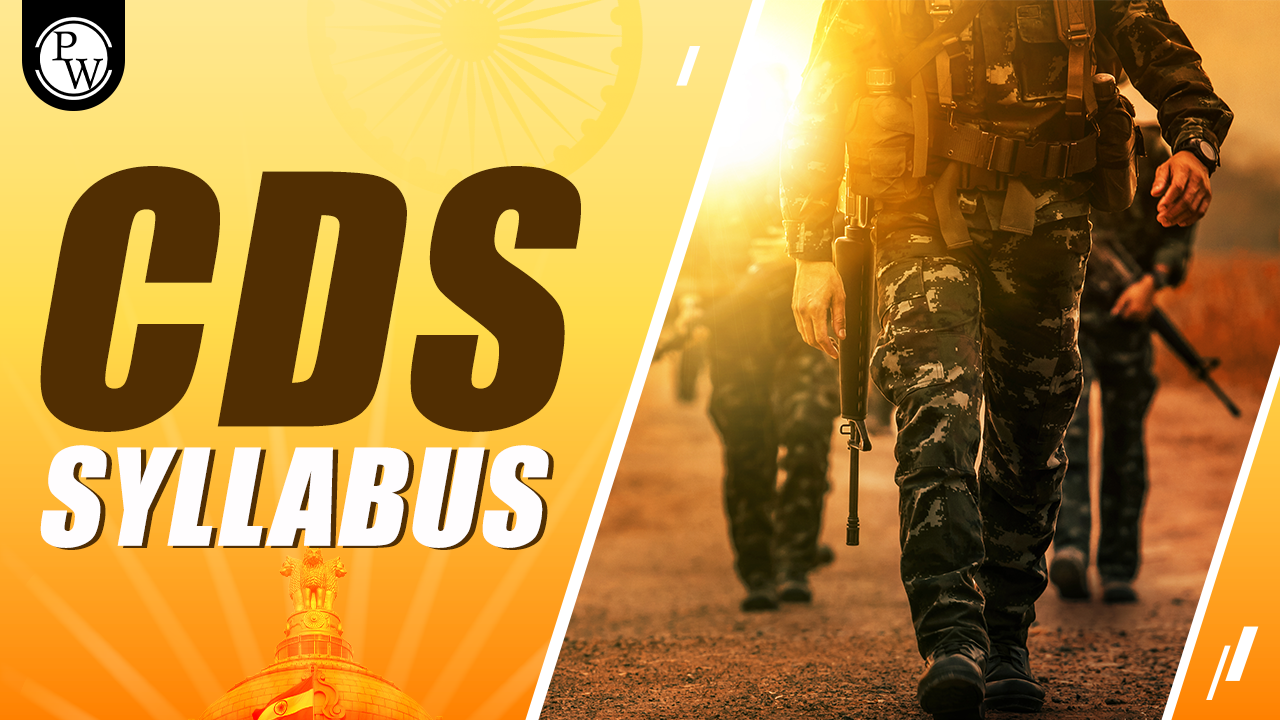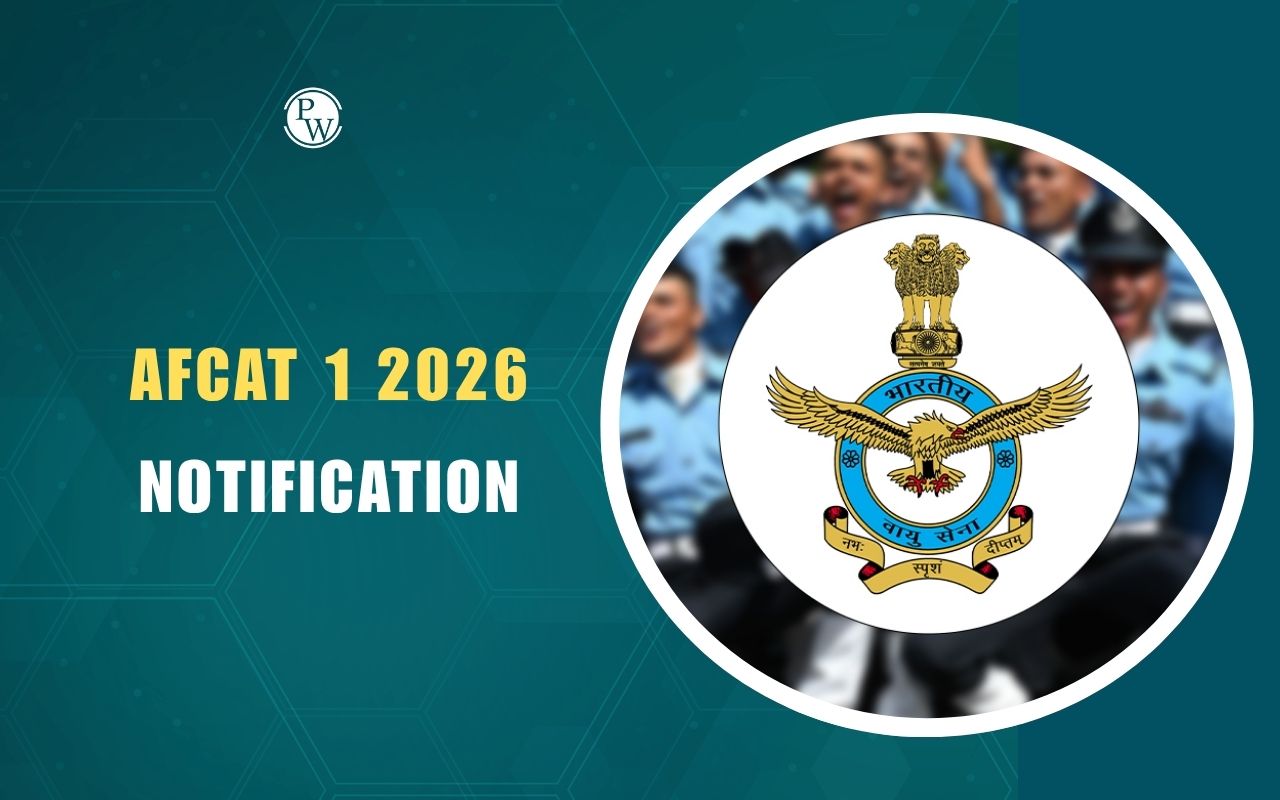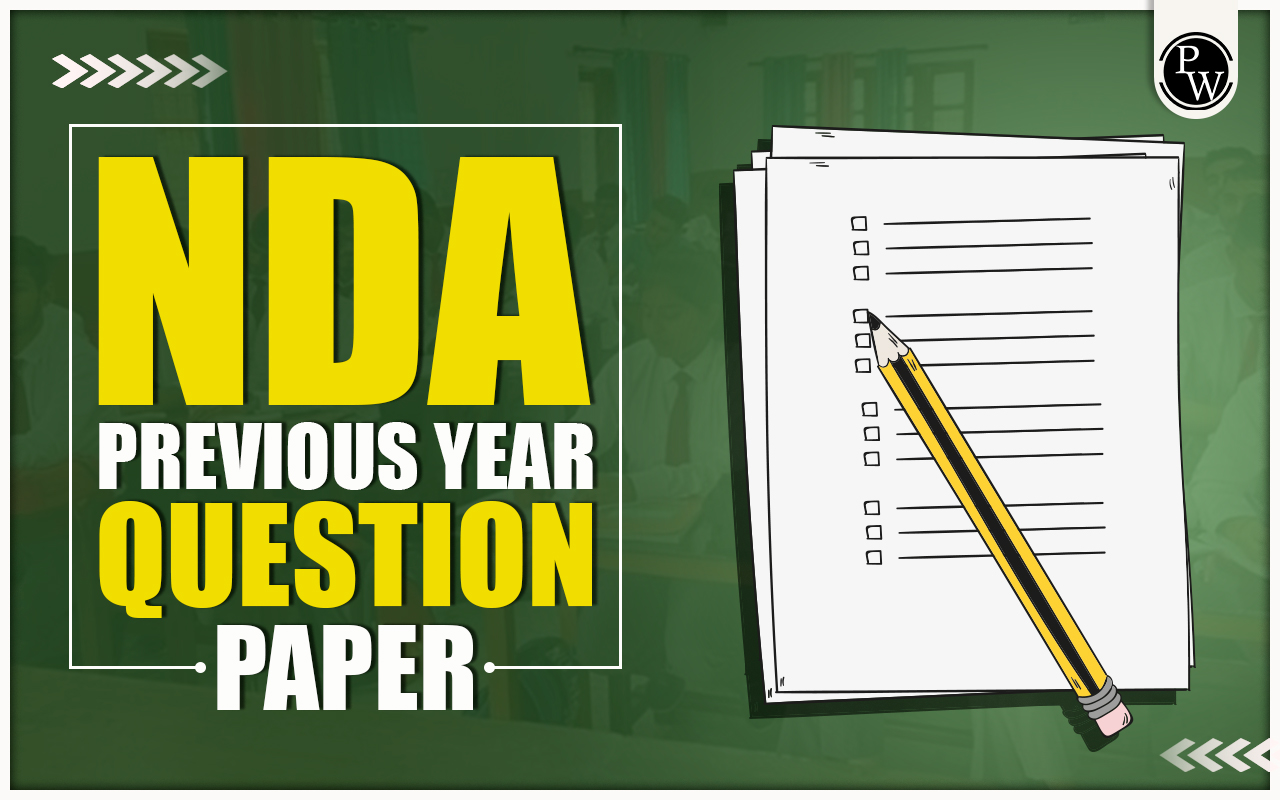
Line of Actual Control (LAC): The Line of Actual Control (LAC) is the demarcation that separates Indian-controlled territory from Chinese-controlled territory in the Himalayan region. This line is not clearly defined in certain areas, which has led to disputes and military confrontations between India and China over the years.
The LAC stretches across various geographical terrains, ranging from mountain ranges to valleys, making it difficult to monitor and patrol. This article will provide a detailed understanding of the LAC, its historical background, current significance, and the disputes surrounding it.What is the Line of Actual Control (LAC)?
The Line of Actual Control (LAC) serves as the de facto border between India and China. Unlike the internationally recognized borders, the LAC is a temporary boundary resulting from historical disputes and ongoing tensions between the two nations. It separates Indian-controlled areas in Ladakh and Arunachal Pradesh from Chinese-controlled Aksai Chin and Tibet . The LAC runs for approximately 3,488 kilometers from Ladakh in the west to Arunachal Pradesh in the east , passing through multiple regions.Three Sectors of the LAC
The LAC is divided into three distinct sectors:- Western Sector : In this sector, India shares its border with China in Ladakh. The Aksai Chin area, under Chinese control, is claimed by India as part of its territory.
- Middle Sector : This sector comprises the border regions of Uttarakhand and Himachal Pradesh. This area has fewer confrontations and disputes compared to other sectors.
- Eastern Sector : This region involves Arunachal Pradesh , a state claimed by China as part of Southern Tibet . This sector has seen frequent clashes between Indian and Chinese forces.
Historical Background of the LAC
The origins of the LAC can be traced back to the Sino-Indian War of 1962 . Prior to the war, the boundary between the two nations was not clearly defined, leading to territorial claims and skirmishes. After the war, the LAC became a contentious border separating the two countries, though no official agreement was signed regarding its exact delineation.Key Historical Events
- Sino-Indian War of 1962 : This war marked the first major confrontation between India and China over the disputed regions of Ladakh and Arunachal Pradesh. The conflict ended with China declaring a unilateral ceasefire and withdrawing its troops to the north of the LAC.
- 1993 and 1996 Agreements : Both countries signed agreements aimed at maintaining peace and tranquility along the LAC. These agreements laid the groundwork for peaceful border management but did not resolve the territorial disputes.
- Doklam Standoff (2017) : A significant military standoff occurred in the Doklam region between Indian and Chinese forces. While the LAC was not directly involved, it showcased the fragility of border relations.
- Galwan Valley Clash (2020) : In one of the deadliest skirmishes since 1967, Indian and Chinese troops clashed in the Galwan Valley, resulting in casualties on both sides. This event brought renewed attention to the LAC and the need for de-escalation.
Significance of the Line of Actual Control (LAC)
The LAC holds immense geopolitical significance for both India and China. It is a symbol of the unresolved border disputes between the two nuclear-armed neighbors and reflects their broader strategic competition in the region.- Strategic Importance : The LAC runs through territories that are of great strategic importance due to their proximity to trade routes and critical infrastructure, such as highways and pipelines.
- Military Tensions : Regular military patrols, confrontations, and standoffs along the LAC are common, leading to heightened tensions and requiring diplomatic intervention to prevent escalation.
- Diplomatic Relations : The situation along the LAC directly impacts diplomatic relations between India and China. While both countries have engaged in negotiations and dialogues, the border remains a point of friction in their bilateral relations.
Ongoing Disputes and Tensions Along the LAC
The disputes along the Line of Actual Control revolve around different interpretations of where the actual boundary lies. India and China have different perceptions of the alignment of the LAC, leading to overlapping claims in certain areas.Key Disputed Areas
- Aksai Chin (Western Sector) : This high-altitude desert area, controlled by China but claimed by India, is a major point of contention. It is strategically important for China as it connects Tibet to Xinjiang.
- Arunachal Pradesh (Eastern Sector) : China claims this Indian state as part of Southern Tibet, leading to tensions in the region. Despite being under Indian control, China refuses to recognize Arunachal Pradesh as part of India.
- Demchok and Depsang Plains (Western Sector) : These areas in Ladakh have witnessed frequent incursions by Chinese troops, further complicating the situation.
Steps Taken to Maintain Peace Along the LAC
While military standoffs and confrontations have occurred frequently, both countries have also taken steps to de-escalate tensions and maintain peace along the LAC.Confidence-Building Measures
- Flag Meetings : Military commanders from both sides meet regularly to resolve any misunderstandings and avoid escalation of tensions.
- Border Personnel Meetings (BPMs) : These are held at designated points to discuss incidents along the LAC and ensure that the peace is maintained.
- Buffer Zones : After certain standoffs, buffer zones have been created where neither side conducts military patrols, reducing the chances of direct confrontation.
- Hotline Communications : Both sides have established communication channels between local military commanders to quickly address issues that may arise.
Future of the Line of Actual Control (LAC)
The future of the LAC remains uncertain due to the deep-rooted mistrust and conflicting territorial claims between India and China. The continuing military build-up on both sides, coupled with frequent confrontations, poses a challenge to long-term peace. However, diplomatic engagements and confidence-building measures offer some hope for preventing further escalation. The future resolution of the LAC dispute will depend on a combination of sustained diplomatic efforts, regional stability, and mutual trust between India and China. Until then, the LAC will continue to be a critical focal point in Indo-China relations.| Factors | Details |
|---|---|
| Length of the LAC | 3,488 kilometers |
| Sectors | Western, Middle, Eastern |
| Major Disputes | Aksai Chin, Arunachal Pradesh, Depsang Plains |
| Major Incidents | Sino-Indian War (1962), Doklam Standoff (2017), Galwan Valley Clash (2020) |
| Peacekeeping Measures | Flag meetings, buffer zones, hotline communications, border personnel meetings |
Line of Actual Control (LAC) FAQs
Q1. What is the Line of Actual Control (LAC)?
Ans. The Line of Actual Control (LAC) is the demarcation that separates Indian-controlled and Chinese-controlled territories, though it is not a formal boundary.
Q2. How long is the Line of Actual Control?
Ans. The LAC is approximately 3,488 kilometers (2,167 miles) long, stretching across the Himalayan region.
Q3. Why is the LAC significant?
Ans. The LAC is significant because it represents disputed areas between India and China, often leading to military standoffs and geopolitical tensions.
Q4. What are the key areas of dispute along the LAC?
Ans. Key areas of dispute include Aksai Chin, Arunachal Pradesh, and the Ladakh region, with frequent confrontations and claims from both sides.
Q5. Has there been any conflict along the LAC?
Ans. Yes, there have been several conflicts along the LAC, the most notable being the 1962 Sino-Indian War and the more recent 2020 Galwan Valley clashes.
Talk to a counsellorHave doubts? Our support team will be happy to assist you!

Check out these Related Articles
Free Learning Resources
PW Books
Notes (Class 10-12)
PW Study Materials
Notes (Class 6-9)
Ncert Solutions
Govt Exams
Class 6th to 12th Online Courses
Govt Job Exams Courses
UPSC Coaching
Defence Exam Coaching
Gate Exam Coaching
Other Exams
Know about Physics Wallah
Physics Wallah is an Indian edtech platform that provides accessible & comprehensive learning experiences to students from Class 6th to postgraduate level. We also provide extensive NCERT solutions, sample paper, NEET, JEE Mains, BITSAT previous year papers & more such resources to students. Physics Wallah also caters to over 3.5 million registered students and over 78 lakh+ Youtube subscribers with 4.8 rating on its app.
We Stand Out because
We provide students with intensive courses with India’s qualified & experienced faculties & mentors. PW strives to make the learning experience comprehensive and accessible for students of all sections of society. We believe in empowering every single student who couldn't dream of a good career in engineering and medical field earlier.
Our Key Focus Areas
Physics Wallah's main focus is to make the learning experience as economical as possible for all students. With our affordable courses like Lakshya, Udaan and Arjuna and many others, we have been able to provide a platform for lakhs of aspirants. From providing Chemistry, Maths, Physics formula to giving e-books of eminent authors like RD Sharma, RS Aggarwal and Lakhmir Singh, PW focuses on every single student's need for preparation.
What Makes Us Different
Physics Wallah strives to develop a comprehensive pedagogical structure for students, where they get a state-of-the-art learning experience with study material and resources. Apart from catering students preparing for JEE Mains and NEET, PW also provides study material for each state board like Uttar Pradesh, Bihar, and others
Copyright © 2025 Physicswallah Limited All rights reserved.
Get App

